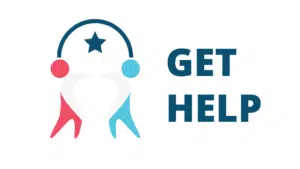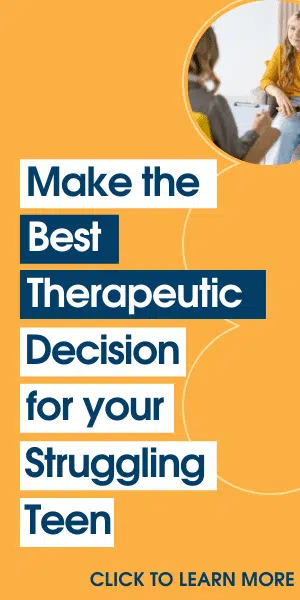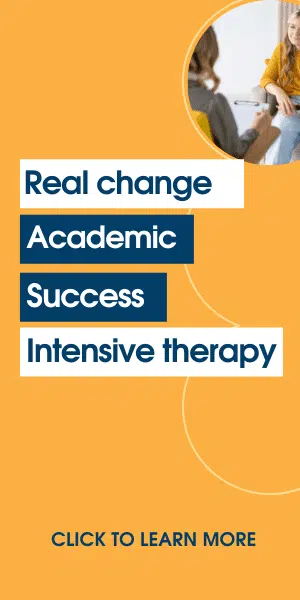Four Levels of Residential Treatment
Placing your troubled teen in care can be a life-changing decision. Nothing is more important than the health of your loved child. But it’s vital you choose the right type of treatment in the appropriate facility and then choose the right level of treatment. Generally speaking there are four levels of treatment ranging from the lowest to the highest in terms of intensity of treatment.
Level 1. This is the lowest level of intensity. It suits teens who may have undergone treatment before but have not made a successful re-entry to their normal living arrangements or it could be for teens who are considered to have problems at the lower end of the scale in terms of threats to their health and those around them.
In this level of care, staff will nearly all be asleep during the night with only a watching brief carried out by an emergency officer. Specialist staff are only available in the allotted timetable periods. The basic aim is to be developing independent living skills for the residents equipping them to return to their previous residence able to overcome their problems. Residents must be medically stable to be accepted.
Level 2. This is a more intensive form of the previous level. Again staff are generally asleep at night with emergency watch carried out 24 hours a day. Therapy in both individual and group sessions will cover areas as anger management, communication skills, handling stress, social skills and daily living skills. More intensive sessions are provided to assist the residents in forming better relationships with family, teachers, fellow students and community groups. Residents must be medically stable to be accepted. Success at Level 2 can mean being transferred to the program at Level 1.
Level 3. Residents are treated by a variety of medical professionals, supervision is continuous and staff are awake and on duty during sleep periods. Intensive individual sessions are provided with the aim to contain any out-of-control behavior with, if necessary, appropriate physical restraint mechanisms. The goal being always to assist the residents to unlearn dangerous and anti-social behavior. The staff is equipped with skills to help develop positive relationships and deal responsibly and effectively with rejection, anger and hostility.
Consultation is a structured part of every program with a minimum number of hours per week given to individual counseling. Group therapy in small groups is a part of most programs.
Level 4. This is the most intense level of treatment. Staff are on duty 24 hours a day with at least two staff allocated to every six residents. Supervision is continuous. Therapy is a major part of the treatment program. There is at least 8 hours per week individual therapy sessions for each resident. All residents are medically supervised and use of appropriate restraints and time-out rooms are used when required. The basic aim is to equip the residents with skills so they are able to step down in their level of treatment.
Many residents are unable to form trusting relationships and thus the staff are trained and experienced in dealing with anger, rejection and hostility. To be placed in this level of treatment, residents will have displayed a serious inability to relate well to others, to perform at even modest levels in educational settings and who may be aggressive and even dangerous to those around them.
Here are additional resources you might be interested in:











